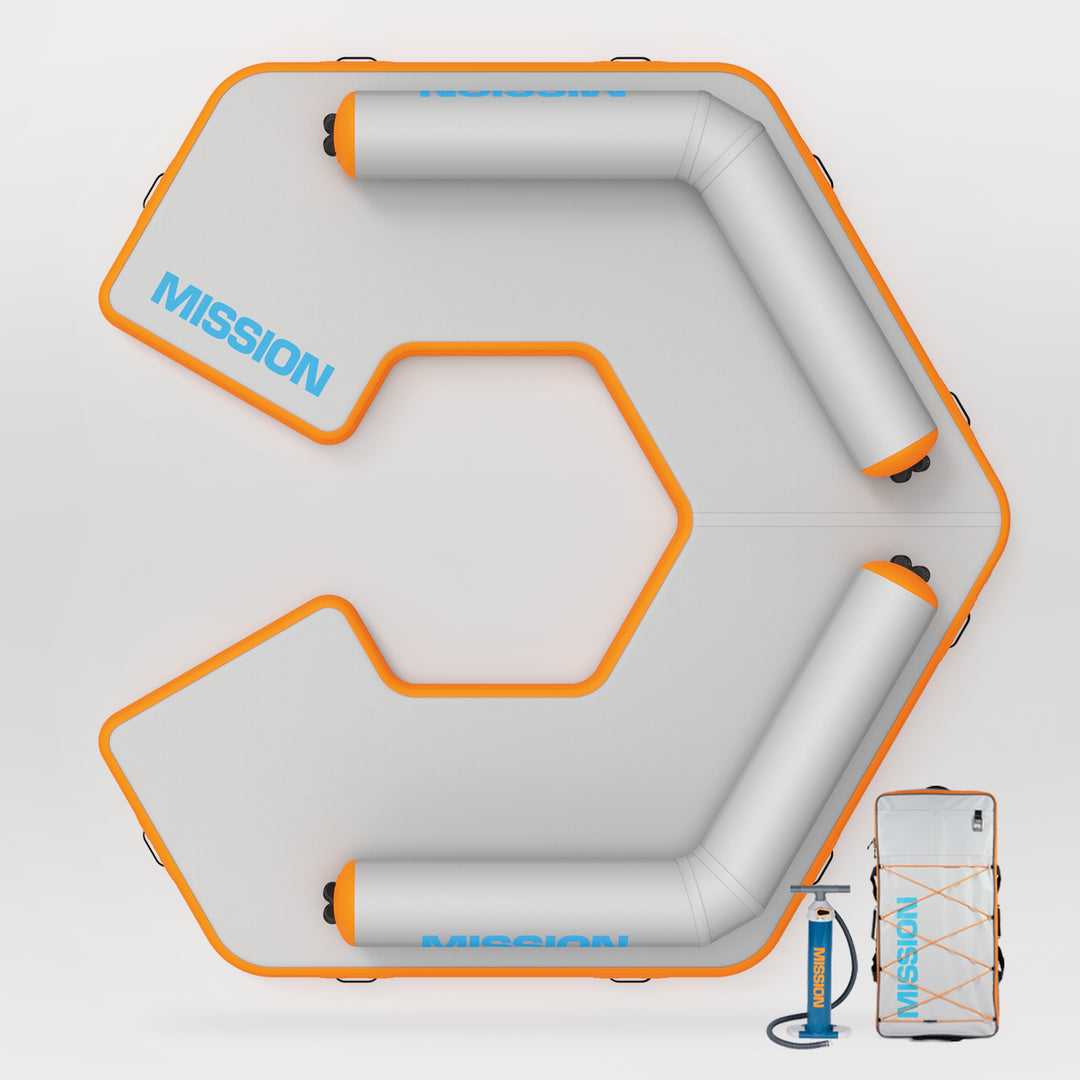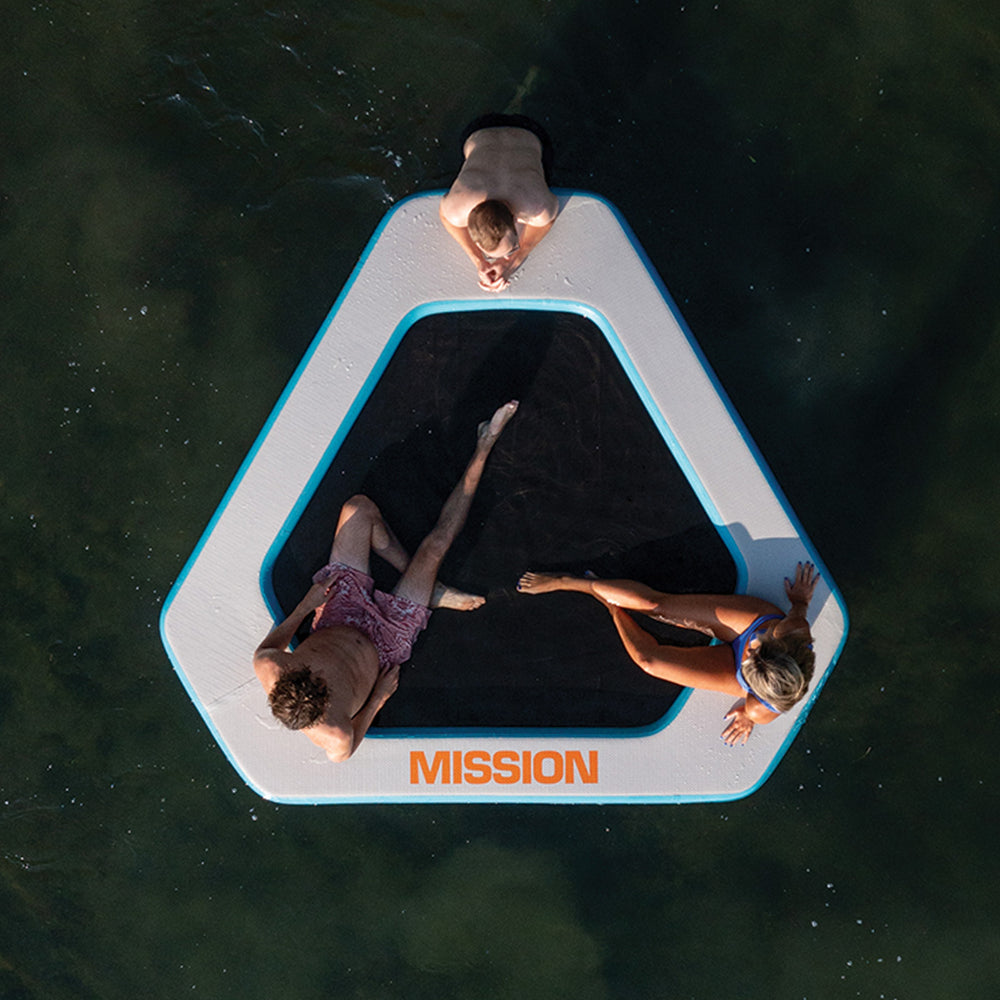What the Best Boat Safety Pros Do (and You Should Too)
We get it. Once you set foot on a boat, you’re overcome with an uncontrollable urge to belt out A Pirate’s Life For Me in its entirety and you think that you’ve suddenly entered the lawless frontier of “international waters.” Well, sorry to be a buzzkill but that’s not how it works. Our lakes and rivers aren’t marked with clear traffic lanes and stop signs like you’d find on the road, and most boats don’t come equipped with seatbelts or airbags, so it’s crucial that everyone learns, understands, and practices proper boat safety every time they head out on the water.
Pre-departure check
Spend a few minutes making sure your boat is ready for action before you set out. Otherwise, you might find yourself in a situation where you’re drifting helplessly, unprepared for an injury or illness, or forced to abandon ship.
- Make sure you have one life jacket or flotation device per person, plus an additional throwable, that’s certified by the U.S. Coast Guard or equivalent authority in your country. Competition vests might get you more style points but they DO NOT count as approved flotation devices.
- Test your horn and lights, and inspect your signal devices (whistle, flares, colored flags, etc.)
- Gas up and check your fluids
- Test your bilge pump
- Check your ropes for cuts, fraying, or damage
- Inspect your fire extinguisher to make sure it hasn’t expired and is in working condition
- Make sure your first-aid kit is stocked with essential items
- Pack some additional tools and gear that might come in handy during emergencies like a flashlight, bucket, and duct tape.
Watch the weather
Getting caught out in the rain, wind, and rough waters of a storm is a bummer at best and incredibly dangerous in most cases. Take a peek at the weather before you depart, check the weather app on your phone regularly, or consider picking up a marine weather station to keep you posted on what the future has in store.
Review the boating laws and regulations for your lake, river, state, or province.
There’s general boating etiquette (like waving at your fellow nautical navigators) and then there’s the law. Understanding what’s allowed and what’s not allowed on each body of water is crucial to keeping yourself, your passengers, and other boaters safe.
We recommend starting with your local Department of Natural Resources or the United States Coast Guard to learn more about the laws and regulations in your state.
Create a float plan
A float plan is a document that contains all of the important information about an upcoming boat trip including boat identification information, passenger names and contact information, destination and expected duration of the trip, and more.
Here's the recommended float plan document created by the United States Coast Guard.
If you’re not traveling far or for very long, at the very least inform someone of where you’re going and when you plan to come back so they can alert the authorities if you don’t return in a reasonable amount of time
Boating and boozing
Many of the same laws that apply to drinking on land or drinking and driving a car apply to boating environments and, in many cases, the laws are enforced more strictly. If you’re found to be operating a boat under the influence of alcohol, you could face huge fines, loss of operating privileges, seizure of your boat, or even jail time.
According to the United States Coast Guard, drinking in a boating environment is even more dangerous than on land thanks to the motion and vibration of the boat, and the effects of the wind and sun. That’s why you should NEVER drink while operating a boat, your passengers ALWAYS should drink responsibly, and your boat should be stocked with plenty of food, water, and non-alcoholic beverages every time you’re out on the water.
Life jackets and flotation devices
This should go without saying but we’ll say it anyway: you’re not too cool to wear a life jacket. It’s OK to want to soak up as much of the sun as possible while the boat is stationary, docked, or tied up with another boat. But when the boat is in motion, you should always wear a Coast Guard-approved life jacket that’s the right size for you.
Know your (and your boat’s) limits
Nobody likes a showoff, especially the passengers you’re holding captive while you struggle to find your way back home. Stick to the rivers and lakes that you’re used to. Don’t take your boat somewhere that doesn’t feel safe or that you’ve never been without a plan for how to get back. Also, don’t load your boat with more weight than it’s rated to carry. This can significantly impact the boat’s performance and lead to unpredictable behavior.
Take a boat safety course
There’s no such thing as being too educated. Even if you’re a lifelong boater, it’s important to stay up to date on the latest boating trends, laws, and safety protocols. Because things vary from state to state and from one body of water to the next, we recommend contacting your local DNR or check out the resources provided by the National Association of State Boating Law Administrators.
Be smart and practice proper boat safety every time you hit the waves. You’ll have more fun in the long run and be able to enjoy more good times with your friends and family.
See you on the water!



































